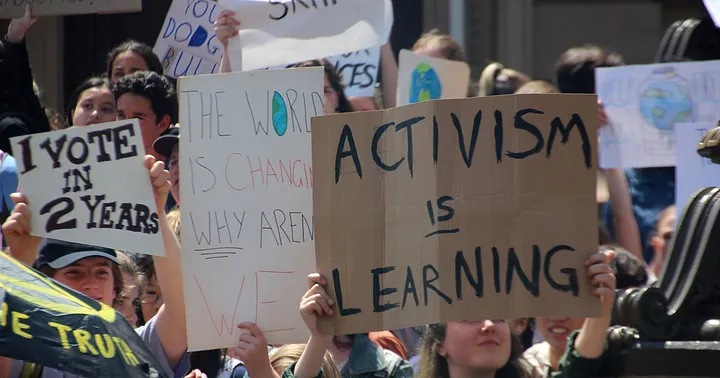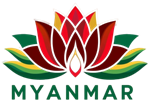
The Role of Social Media in Resistance Movements
In the 21st century, social media has become one of the most powerful tools for resistance movements around the world. From the Arab Spring to the pro-democracy uprisings in Myanmar and Hong Kong, platforms like Facebook, Twitter (now X), Telegram, and TikTok have transformed the way citizens organize, communicate, and challenge authoritarian regimes. While social media empowers grassroots mobilization and global solidarity, it also comes with risks—including surveillance, misinformation, and censorship. 1. Mobilizing Mass Protest Social media enables resistance movements to: Rapidly organize protests and flash mobs without centralized leadership. Spread real-time updates on locations, police movements, and safe zones. Share visual content—photos, videos, and livestreams—that energize participants and attract global attention. Example – Myanmar (2021–Present): After the military coup, young activists used Facebook and Twitter to organize the Civil Disobedience Movement (CDM). Hashtags like #WhatsHappeningInMyanmar went viral, helping coordinate protests nationwide and drawing international awareness. 2. Giving Voice to the Marginalized In countries with state-controlled media, social media provides an alternative platform for: Independent journalism Whistleblowing Testimonies from victims of violence or repression Example – Iran (2022): During the protests sparked by the death of Mahsa Amini, Iranian women and youth used Instagram and Telegram to bypass censorship and expose police brutality. 3. International Solidarity and Pressure Social media allows resistance movements to build global alliances and pressure foreign governments to respond: Activists can tag international leaders, use viral hashtags, and publish letters or petitions. Diaspora communities and allies abroad can amplify voices from the ground. Example – Ukraine (2022–2023): Ukrainians used Twitter and TikTok to document the war, rally support, and humanize their struggle—impacting global opinion and aid. 4. Creative Resistance and Cultural Expression Social media is not just about protests—it's a space for music, memes, art, and satire that can undermine authoritarian narratives and sustain morale. Example – Hong Kong (2019–2020): Protesters used anonymous accounts to share protest art, remix pop culture with political messages, and build a creative resistance culture that transcended language barriers. 5. Risks and Challenges Despite its power, social media also presents serious dangers in resistance contexts: a. Surveillance and Digital Repression Authoritarian regimes monitor social media to identify, arrest, or intimidate dissidents. Tactics include phishing, spyware, and tracking geolocation data. b. Disinformation and PsyOps Governments and trolls spread fake news, conspiracy theories, or manipulated videos to discredit resistance movements. They may create fake activist accounts to sow confusion or incite violence. c. Platform Censorship Platforms like Facebook or Twitter may take down posts or accounts under vague content rules or due to government pressure. Algorithm bias can suppress visibility of activist content in favor of less controversial material. 6. Lessons for Activists To navigate these risks, resistance movements have developed strategies for digital security and resilience, including: Using end-to-end encrypted apps like Signal or Telegram. Training activists in cybersecurity and disinformation detection. Creating backup communication channels and archiving important posts. Social media has revolutionized resistance movements by democratizing the tools of communication, organization, and influence. It empowers individuals to challenge power, document injustice, and mobilize support on an unprecedented scale. However, the same platforms that connect and empower can also be weaponized against dissent. The future of social movements may depend not only on how social media is used—but also on how it is protected, regulated, and redesigned to serve justice rather than oppression.
Thank you for reading! Visit us anytime at Myanmar.com for more insights and updates about Myanmar
Related posts:
 EARTHQUAKE PREPAREDNESS IN MYANMAR: LESSONS FROM 2025
EARTHQUAKE PREPAREDNESS IN MYANMAR: LESSONS FROM 2025
 THE ROHINGYA CRISIS: CURRENT STATUS AND INTERNATIONAL RESPONSE
THE ROHINGYA CRISIS: CURRENT STATUS AND INTERNATIONAL RESPONSE
 Dr. Sasa Resigns from NUG, Restructuring Expected Inside Shadow Government
Dr. Sasa Resigns from NUG, Restructuring Expected Inside Shadow Government
 TECH ACTIVISM: HOW DEVELOPERS AND HACKERS ARE SUPPORTING THE PRO-DEMOCRACY MOVEMENT
TECH ACTIVISM: HOW DEVELOPERS AND HACKERS ARE SUPPORTING THE PRO-DEMOCRACY MOVEMENT
 INNOVATION UNDERGROUND: TECH RESISTANCE IN MYANMAR
INNOVATION UNDERGROUND: TECH RESISTANCE IN MYANMAR
 World Bank Sees Myanmar Economy Rebounding Despite Crisis
World Bank Sees Myanmar Economy Rebounding Despite Crisis
